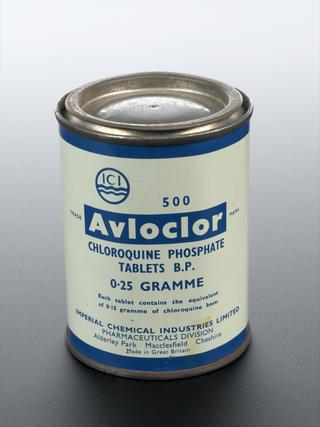
Five early specimen mordanted cloth dyed with alizarin by William Henry Perkin
Five experimental specimen mordanted cloth dyed with synthetic alizarin, c. 1869, by William Henry Perkin, mounted on card.
William Henry Perkin accidentally invented the first commercial synthetic dye, mauveine, when he was 18, in his London home. He was trying to synthetise quinine but instead created a substance of strong purple colour that stained fabric. Perkin opened a dye factory and carried on experimenting to develop more dyes.
While alizarine had been discovered decades previously, and a succession of experiments had been conducted by other chemists, Perkin filed a patent to make alizarin accessible commercially in 1869, the exact same month Graebe, Caro, and Liebermann filed a patent for the same process.
These samples of alizarine experiments by Perkin offer a glimpse into the chemist's work on dyes. He tried different patterns and shades, and notes on the exact formulas used are sometimes added to the sample, to keep a record on how to achieve these results.




